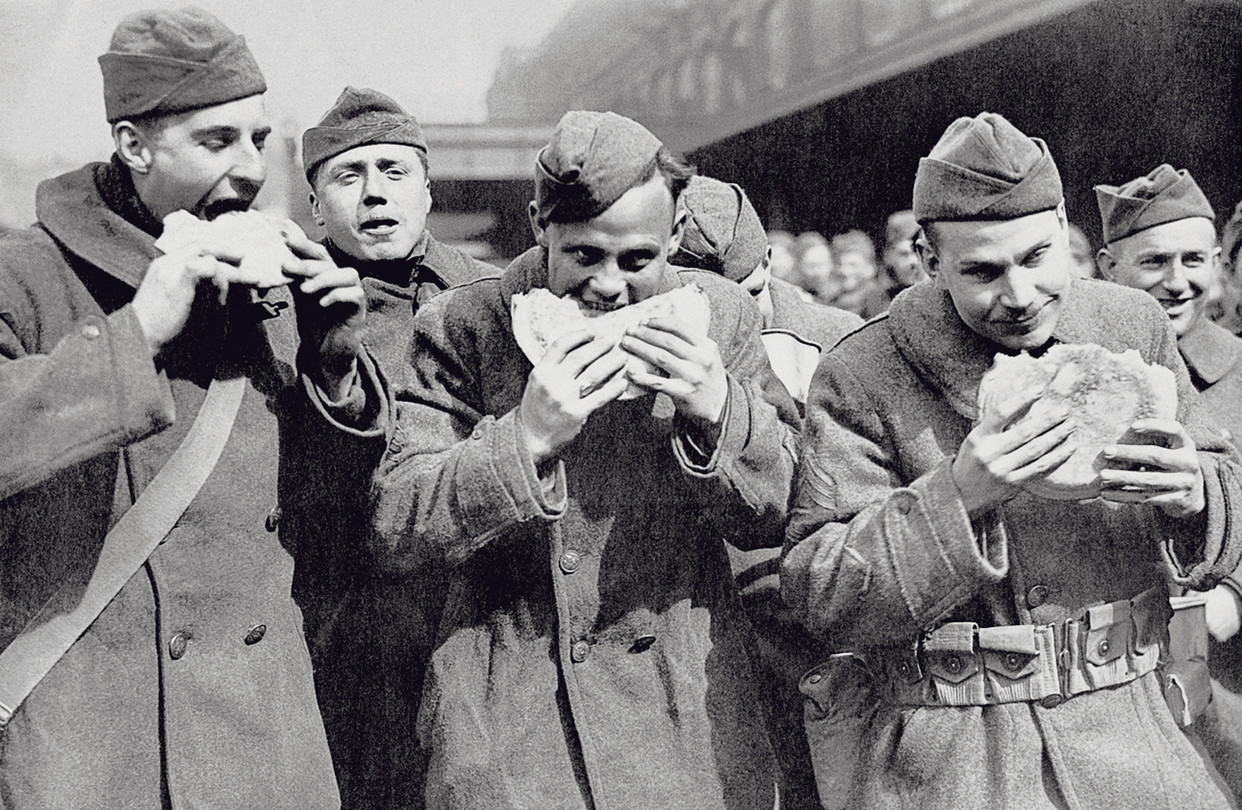This war also saw the beginnings of air warfare. German dirigibles (known as Zeppelins) raided London many times in 1916 and 1917, and both sides made airplane bombing raids on nearby towns. But the total damage was relatively light and did not affect the final result. The airplane was more important for scouting. The fighter plane was greatly improved during the war, and a base was laid for the development of the modern air force.
Although the invention of the airplane did not alter traditional warfare, an intensified type of trench warfare was developed, especially on the western front. The machine gun, the repeating rifle, and fast-firing artillery, with the guidance of spotter planes, could pour in upon an attacking force such deadly fire that it was almost impossible for either side to break through the opposing trench systems on a wide front. Because of the new technology and trench warfare, both sides suffered losses of a magnitude never known before.
Two new weapons almost broke the deadlock. One was poison gas, first used by the Germans in shells in October 1914, with disappointing results. Then in April 1915 the Germans used chlorine gas discharged from cylinders. The overwhelmed French broke in a wave five miles wide, leaving the line completely undefended. But the Germans were not prepared to follow through, and the gap was closed once the gas had dispersed. Military technicians developed a simple countermeasure, the gas mask, which became part of the equipment of every soldier on both sides.
The second new weapon came much nearer to producing decisive success. This was the tank, a British invention. The tank acquired its name when early models were shipped under tarpaulins, which the curious were told covered water tanks. But the new weapon was used too soon, in inadequate numbers, and before sufficient mechanical tests had been made, in the British Somme offensive of 1916.
With substantial modifications, tanks were used again at the battle of Cambrai late in 1917, when three hundred tanks broke through the German lines. Failure to follow up quickly gave the Germans a chance to drive the British back, but the battle had clearly shown what tanks could achieve when well used.

